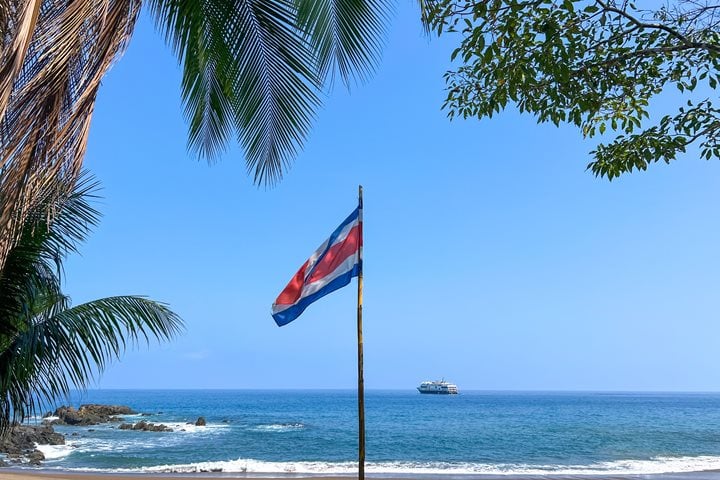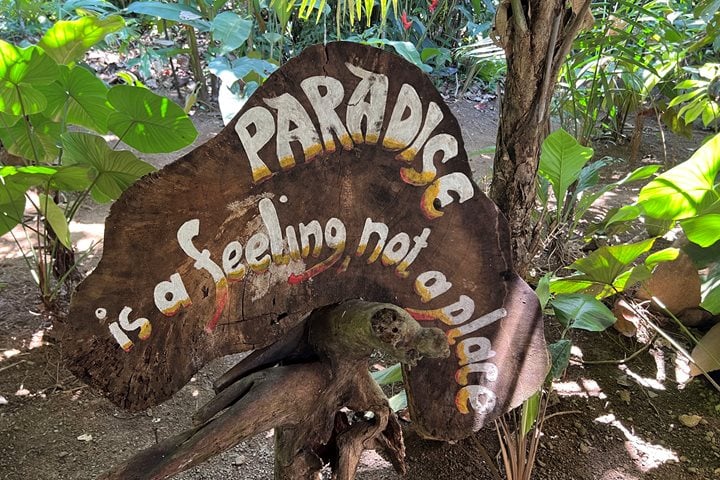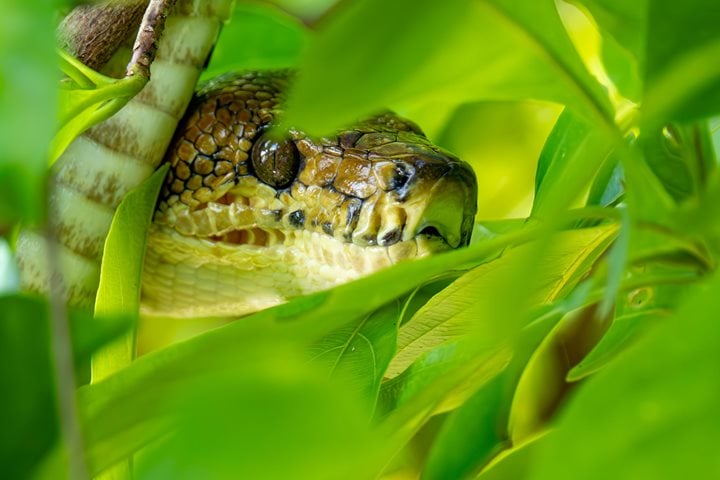Located in the southern Pacific side of Costa Rica, Osa Peninsula posseses an invaluable tract of tropical wet forest that protects almost 2% of the world’s biodiversity.
Today our intention was to maximize our opportunities to explore this ecosystem, and so we started with a boat cruise in the forest covered rocky rift of Agujitas River. Adjacent to the Drake’s Bay town, Agujitas is only accessible during high tide conditions that by chance today happened early in the morning. American crocodiles, bare-throated tiger herons, and chestnut-mandibled toucans were among the special sightings of the morning outing.
By mid-morning, right after breakfast, the horseback riding activity departed to explore the beach and forest areas heading to the river mouth of Rio Claro. Scarlet macaws seen by either the horseback riders or the walkers were considered the highlight for many of us. Their multicolor display is tinted with red, yellow, and blues, and is beautiful against the green foliage of the beach almond tree (terminalia catappa). Scarlet macaws - like other members of the Psittacidae family - are considered major seed predators and their contribution to seed dispersal is discouraging. However Terminalia trees compensates this destructive pattern by producing a massive amount of fruit.
After our morning activities, during the last part of our lunch, while enjoying a delicious sundae ice cream bar Napoleon and Celia (two local musicians) performed for us an assorted sample of Latin American music. Their melodies provided a delightful immersion to the local culture of the area.
Continuing with our exploration of the area, Corcovado National Park was our next destination. National Geographic Sea Lion dropped its anchor right in front of San Pedrillo station. Both during the waterfall hike and on the walk to Pargo trail the forest was a little quiet and the wildlife stayed passive during our afternoon activities. On the other hand the excitement of being among the giant trees and its pristine condition granted wonderful memories of the complexity of the ecosystem in the Osa Peninsula.









